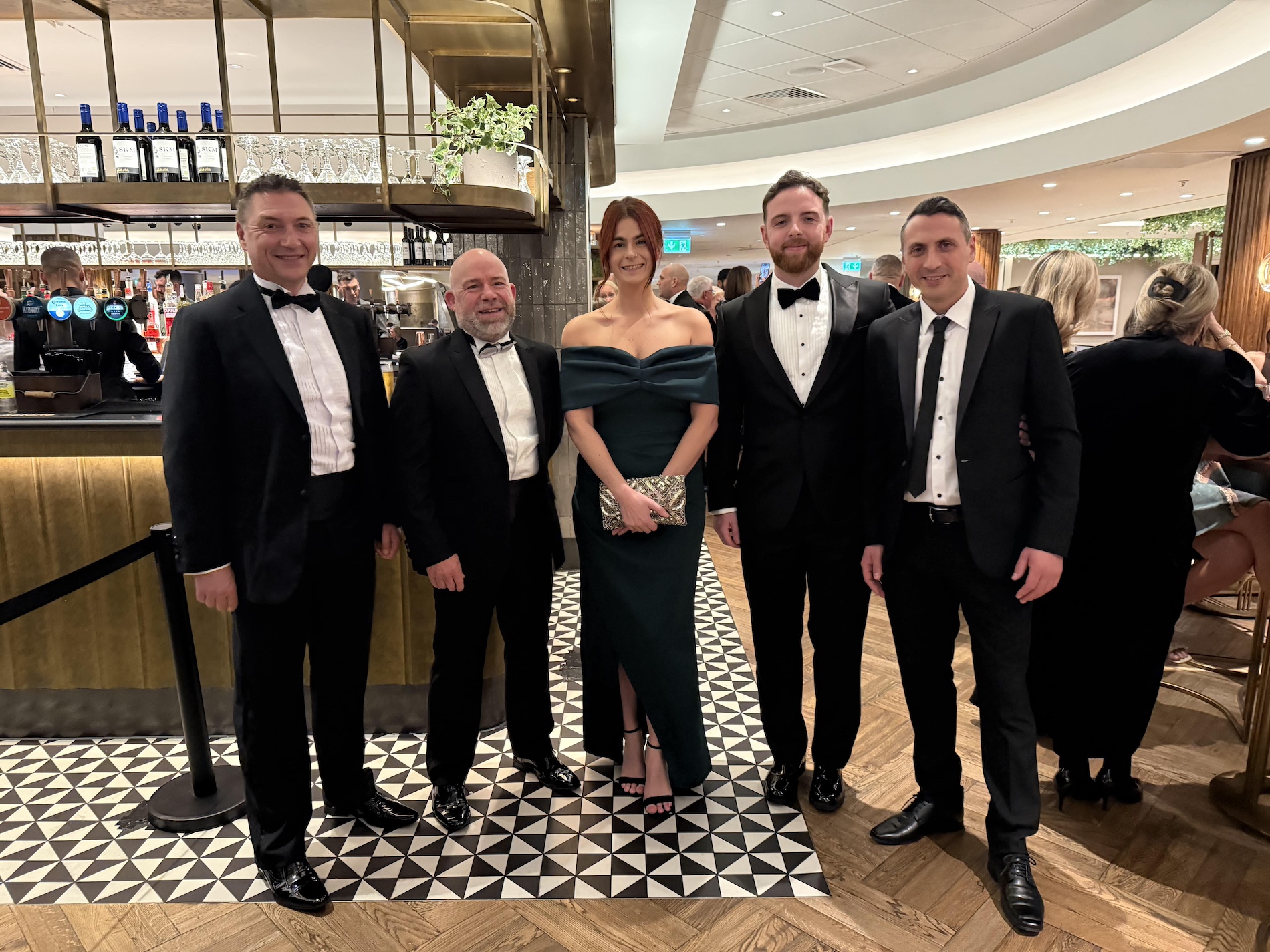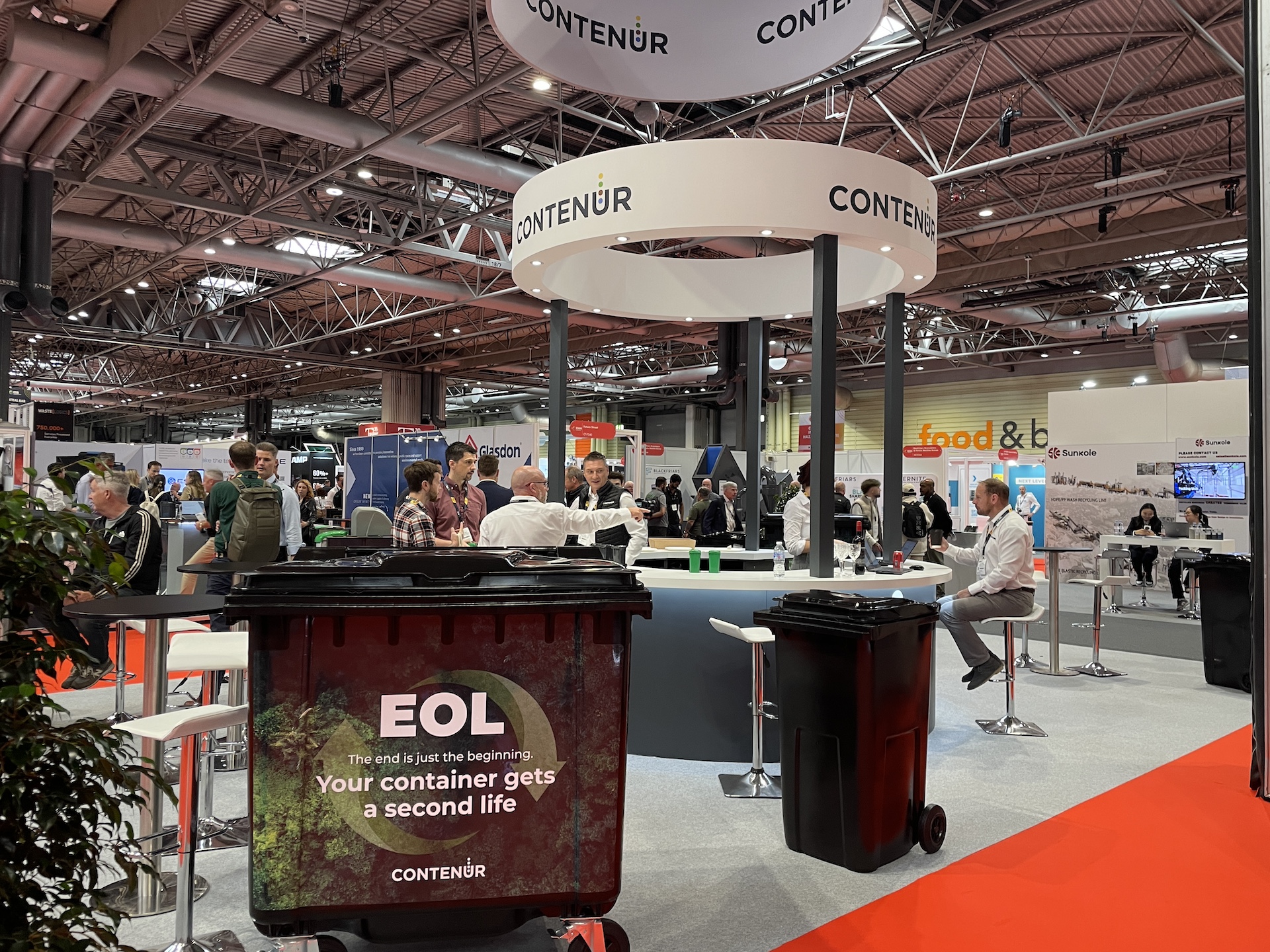When manufacturing urban-waste containers or litter bins, the end product factors such as their quality, strength, sustainability, aesthetics and the integration of all their constituent parts - in themselves – are all a consequence of the manufacturing process used. In this sense, it is important to go through the main phases of the manufacturing process before putting the machinery into operation if we want to be sure that the end product we obtain will have the right technical characteristics, will make a positive contribution to the environment, will be efficient and effective and that it will have the working life cycle that our cities require.
The transformation of high-density plastic material through injection processes is generally much more effective and efficient than using any other type of process, such as rotational moulding. This is because a series of high precision events take place during the manufacturing process that make the end result much more aesthetically pleasing, functional and durable, while at the same time ensuring that it has all the recyclability guarantees of the product obtained.
There are four synchronised phases during the transformation cycle that together guarantee the quality of the finished product. As the injection process makes it solid, it is neither porous nor wavy and is aesthetically pleasing. Furthermore, it is sustainable and environmentally friendly, because these types of processes are characterised by their energy efficiency.
An effective process with distinct phases
The injection system makes it possible to create the product cyclically. First of all, the high-density plastic granules are inserted into the hopper and are conveyed to the injection unit. As from that moment the spindle distributes the plastic (pellets) throughout the heating chamber. The pellets are rapidly dragged forwards to the point where the plastic is melted. A hydraulic feeding system is responsible for the aforementioned operations.The melted polymer reaches the sealing unit via a nozzle. This filling process must be carried out under high pressure, and at exactly the right temperature and speed. It is the most important part of the process, because it is where the mould is housed, so the precision of all the elements plays a major role in the outcome.
The mould has two parts, one mobile plate and one fixed plate; this unit contains the inserted material that will give shape to the end product, as well as the feeding channels, the conditioning system and the extractors. The piece stays there until it has cooled. The process ends when the mould opens and ejects the piece.
Injection processes enable the manufacturer to quickly and efficiently obtain from high-density polyethylene, pieces that are not only highly complex but also strong, durable pieces and 100% recyclable. All the aforementioned qualities are obtained without any further processes being required. Furthermore, the use of a variety of materials means that the products can be applied to a wide variety of sectors. In this respect, different types of plastics can be injected. Moreover, it is possible to obtain a large number of pieces per time unit when compared to other types of processes.
Benefits of the injection process
As we have already pointed out, this system has several benefits, some of which are listed below:- Very high production level. Large number of pieces manufactured per time unit.
- Handling the material is reduced to a minimum.
- This system can be used for both very small and very large pieces
- The production process generates very little waste
- The end product is invariably uniform
- The end product is obtained in one single stage.
- There is potential for changing the design: control over the colour, mould, etc.
- There is very little or no work required on the finished piece
- The manufacturing conditions can be easily reproduced.
- As the process is automated the cost is lower
- The end product is of very high quality and is 100% recyclable at the end of its working life




